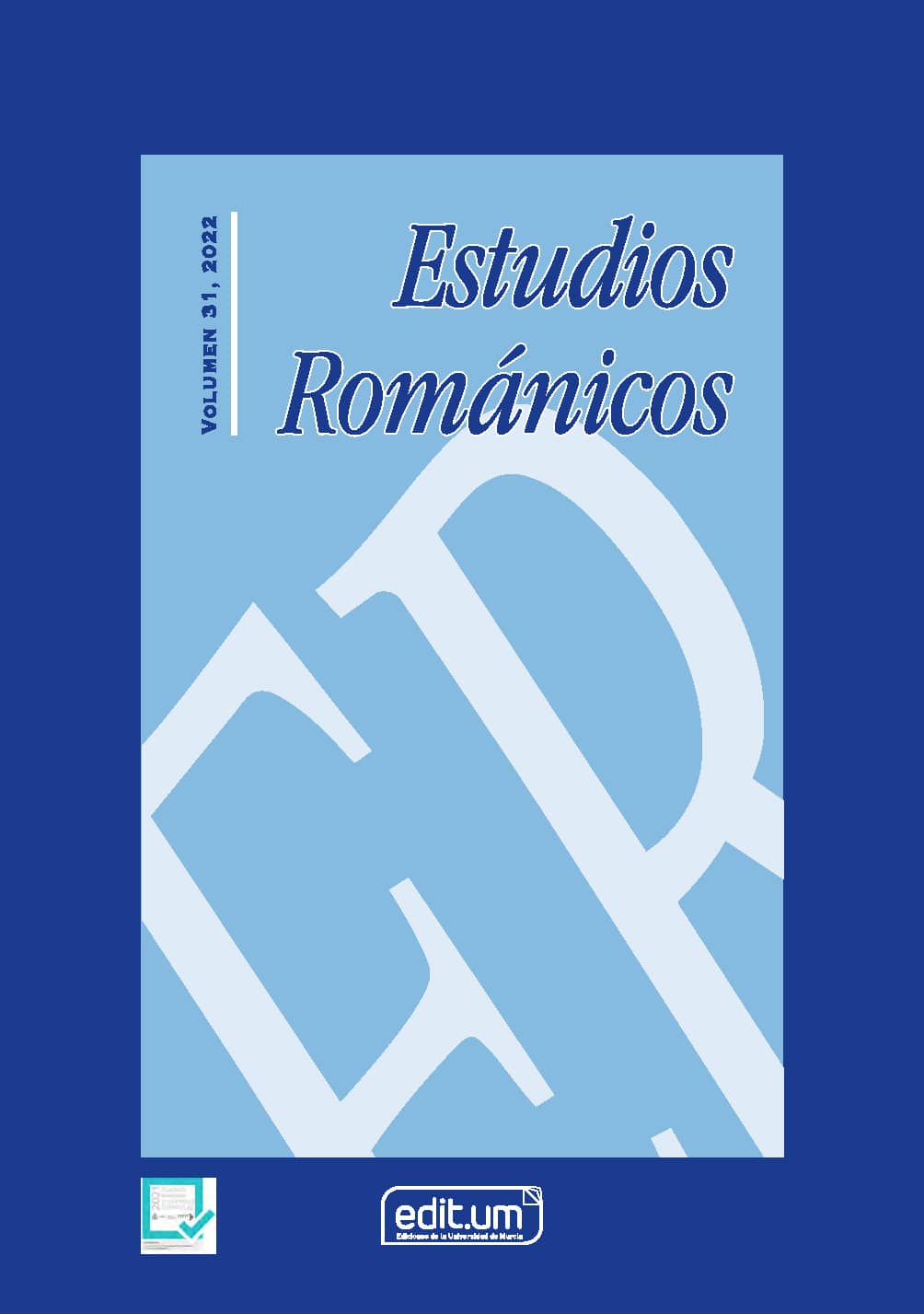The three beasts of Dante in Pasolini. From the Divine Comedy to the Divine Mimesis
Abstract
During the ideological crisis of the 1950s, through the studies of Gianfranco Contini and Antonio Gramsci, the Divine Comedy proposed itself as an authorial, existential and political model and as a multilingual model, to which Auerbach's concept of Mimesis was added from 1957. A concept already prophetically sensitive to the arrival of neo-capitalism in the 1960s, which coincided, not by chance, with the triumph of the neo-avant-garde and the Gruppo 63. An artistic witness to the agonizing struggle against this arrival is La Divina Mimesis, an unfinished remake of Dante's poem, in which Pier Paolo Pasolini depicts the crisis of his mimetic poetics in the encounter between his 1950s self and his 1960s self. The characterization of the three beasts constitutes a sociolinguistic framework in which the author-actor does not renounce allegorical dialectics, identifying, in each one of them (lion-illusion, lion-superbia, she-wolf-conformism), the evil he recognizes in himself and in reality.
Downloads
-
Abstract616
-
pdf (Español (España))877
References
AFFATATO, Rosa (2017): “Riflessioni sulla ‘lonza’ alla luce di alcuni commenti medievali alla Divina Commedia”, Tenzone, 18, 197-226.
AUERBACH, Erich (1963): Studi su Dante. Milano: Feltrinelli.
BÀRBERI SQUAROTTI, Giorgio e GOLFIERI, Anna Maria (1984). Dal tramonto dell’ermetismo alla neoavanguardia. Brescia: La Scuola.
ALIGHIERI, Dante (1966-67): Commedia. Torino: Einaudi.
FERRETTI, Gian Carlo (1978): Pasolini l’universo orrendo. Roma: Editori Riuniti.
FORTINI, Franco (1980): I Poeti del Novecento. Roma-Bari: Laterza.
MURA, Piero (2016): “L’invenzione del doppio ne La divina mimesis di Pier Paolo Pasolini”, La letteratura della letteratura: atti del XV Convegno internazionale della MOD, 12-15 giugno 2013. Pisa: ETS, I, 311-323.
PASOLINI, Pier Paolo (1965): Alì dagli occhi azzurri. Milano: Garzanti.
PASOLINI, Pier Paolo (1972): Empirismo eretico. Milano: Garzanti.
PASOLINI, Pier Paolo (1999): Saggi sulla letteratura e sull’arte. Milano: Mondadori.
PASOLINI, Pier Paolo (2005) Romanzi e racconti (1962-1975). Milano: Mondadori.
PASOLINI, Pier Paolo (2006): La Divina Mimesis. Milano: Mondadori.
PATTI, Elisabetta (2016): Pasolini after Dante. The “Divine Mimesis” and the Politics of Representation. London: Taylor & Francis.
Copyright (c) 2022 Studi Romanici

This work is licensed under a Creative Commons Attribution-NonCommercial-ShareAlike 4.0 International License.
Las obras que se publican en esta revista están sujetas a los siguientes términos:
1. El Servicio de Publicaciones de la Universidad de Murcia (la editorial) conserva los derechos patrimoniales (copyright) de las obras publicadas, y favorece y permite la reutilización de las mismas bajo la licencia de uso indicada en el punto 2.
2. Las obras se publican en la edición electrónica de la revista bajo una licencia Creative Commons Reconocimiento-NoComercial-SinObraDerivada 3.0 España (texto legal). Se pueden copiar, usar, difundir, transmitir y exponer públicamente, siempre que: i) se cite la autoría y la fuente original de su publicación (revista, editorial y URL de la obra); ii) no se usen para fines comerciales; iii) se mencione la existencia y especificaciones de esta licencia de uso.
3. Condiciones de auto-archivo. Se permite y se anima a los autores a difundir electrónicamente las versiones pre-print (versión antes de ser evaluada) y/o post-print (versión evaluada y aceptada para su publicación) de sus obras antes de su publicación, ya que favorece su circulación y difusión más temprana y con ello un posible aumento en su citación y alcance entre la comunidad académica. Color RoMEO: verde.












